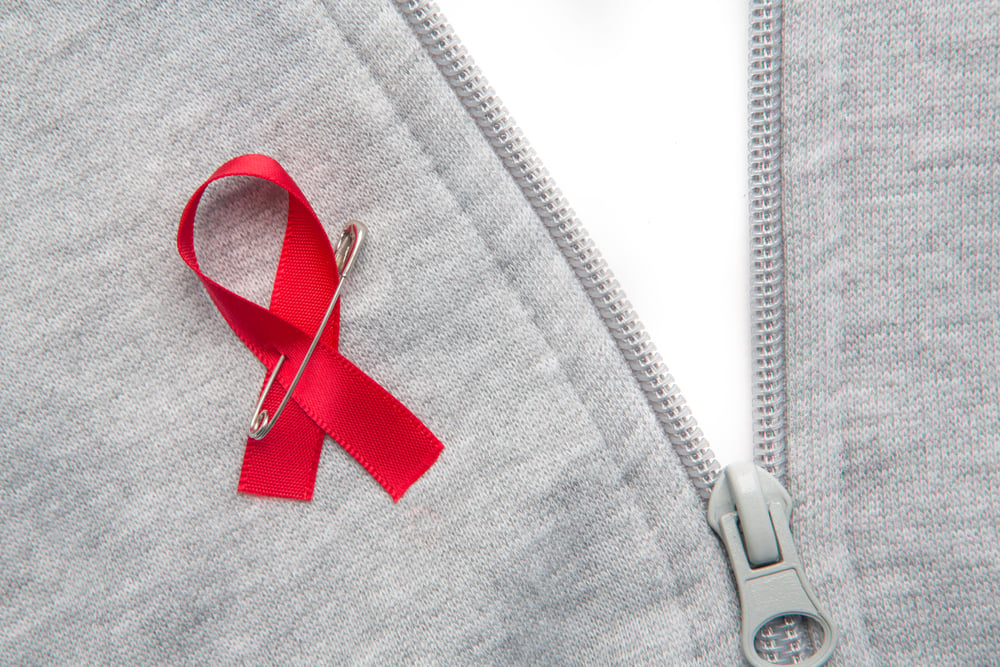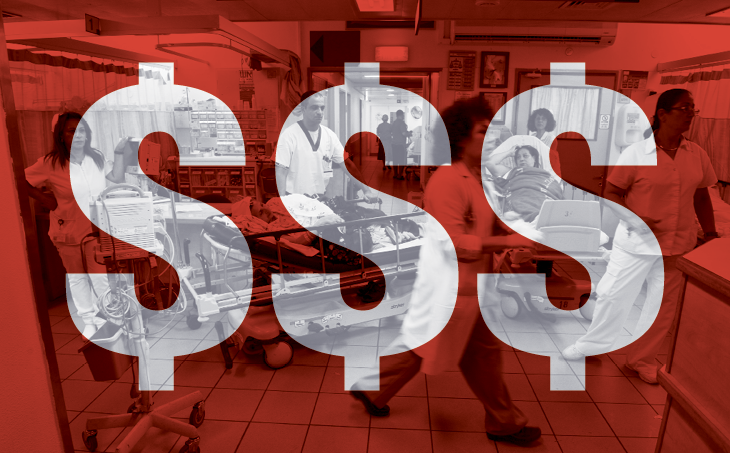There is a pandemic the worldwide healthcare community has been battling since 1981. It is HIV/AIDS, and it has claimed the lives of more than 35 million people since it was first identified four decades ago.
Since 1988, Dec. 1 is recognized as World AIDS Day by all United Nations Member States and its a day dedicated to uniting in the fight against HIV, showing support for people living with HIV, and honoring those who have died from an AIDS-related illness. World AIDS Day is the first-ever global health day created and it started a movement that now includes scores of days dedicated to supporting the fight of diseases from diabetes to tuberculosis and health and wellness initiatives like National Nutrition Month.
We wanted to recognize this important day by addressing the ongoing HIV/AIDS pandemic, during another pandemic. So we set out to talk to a frontline provider to get a first-hand account of how Virtual Care, in the age of COVID, has impacted the delivery of healthcare to HIV/AIDS patients.
Those caring for HIV/AIDS patients, the patients themselves, and their friends and families have been on this pandemic front line for almost 40 years. If any group could claim “pandemic-fatigue” it’s these stalwart individuals who have experienced the overwhelming fear, consoled the sick and dying, fought the false information, and stood up to the enduring stigma of a disease, which was sorely misunderstood for a long time.
The good news is that the fear and falsehoods surrounding HIV/AIDS have decreased over the decades, and the treatments for and life expectancy of patients with the disease have improved. It’s still so important for patients with HIV to keep a regular appointment schedule so their providers can monitor their medications and the status of their disease, but in the age of COVID, having a compromised immune system makes travelling to healthcare facilities for in-person visits a risky endeavor.
Virtual care is helping to maintain patient care for this vulnerable population.
“Telehealth helps to bridge that gap, in terms of both direct patient-provider contact and training local primary care providers to offer comprehensive HIV care. Telehealth reduces disparities faced by people with low incomes in areas with minimal HIV care infrastructure.”
- Laura W. Cheever, MD, the Associate Administrator for the HIV/AIDS Bureau, Health Resources and Services Administration, Washington, DC
We reached out to *Kate Montgomery, RN,CS,FNP, a credentialed HIV Specialist through the American Academy of HIV Medicine (AAHIVM). She cares for her patients via virtual care from her office at Family Practice Specialists in Phoenix, and we checked in with her to learn more about how she is keeping the healthcare delivery door wide open for her AIDS patients during COVID.
eVisit (eV): How has telemedicine changed the way you deliver healthcare to this patient population?
Kate Montgomery (KM): Telemedicine has been helpful for me to continue seeing patients with HIV/AIDS through the recent pandemic. It enables me to monitor patients and their adherence to medications, while allowing them to stay at home or work and not risk an extra trip to see me at my office.
eV: What is the overall response you are seeing from patients who have experienced Virtual Care as part of the care plan delivery?
KM: It is very convenient, and I have had a good response from patients. I feel that it has been helpful and gives me another avenue to consistently interact with them.
eV: What would you like to see as improvements to telemedicine for HIV/AIDS patients?
KM: I have only been using telemedicine for a few months now and have been pleased with its effectiveness. It needs to be user-friendly and not complicated for patients (or providers) to login and navigate, or people will not be as likely to continue using it.
eV: What is your opinion on the future of telemedicine?
KM: I think that it will continue to grow, and as patients continue to use it, it will become a normal part of our healthcare system.
This disease has had no known cure for nearly 40 years, but there is hope on the horizon. Despite 2020 being full of challenges, two people might just call it the best year of their lives as they were declared cured of HIV through a stem cell transplantation from donors with a HIV-resistant gene. As well, current medications, therapies and regular treatment are bringing forward typical life spans for HIV/AIDS patients.
On this day, as we unite against this disease, let’s hope for an end date to the HIV/AIDS pandemic so that it’s no longer listed as “1981 to present.”
Learn more about HIV and AIDS at HIV.gov and CDC.gov.
To learn more from our team of virtual care strategists and about the eVisit Virtual Care platform and how it supports any and every clinical workflow, go to eVisit.com.
*Kate does not use eVisit as her telehealth platform, and she does not endorse any specific vendor solution.





